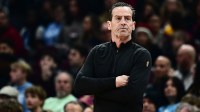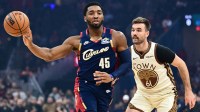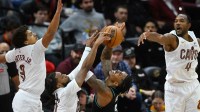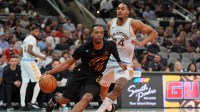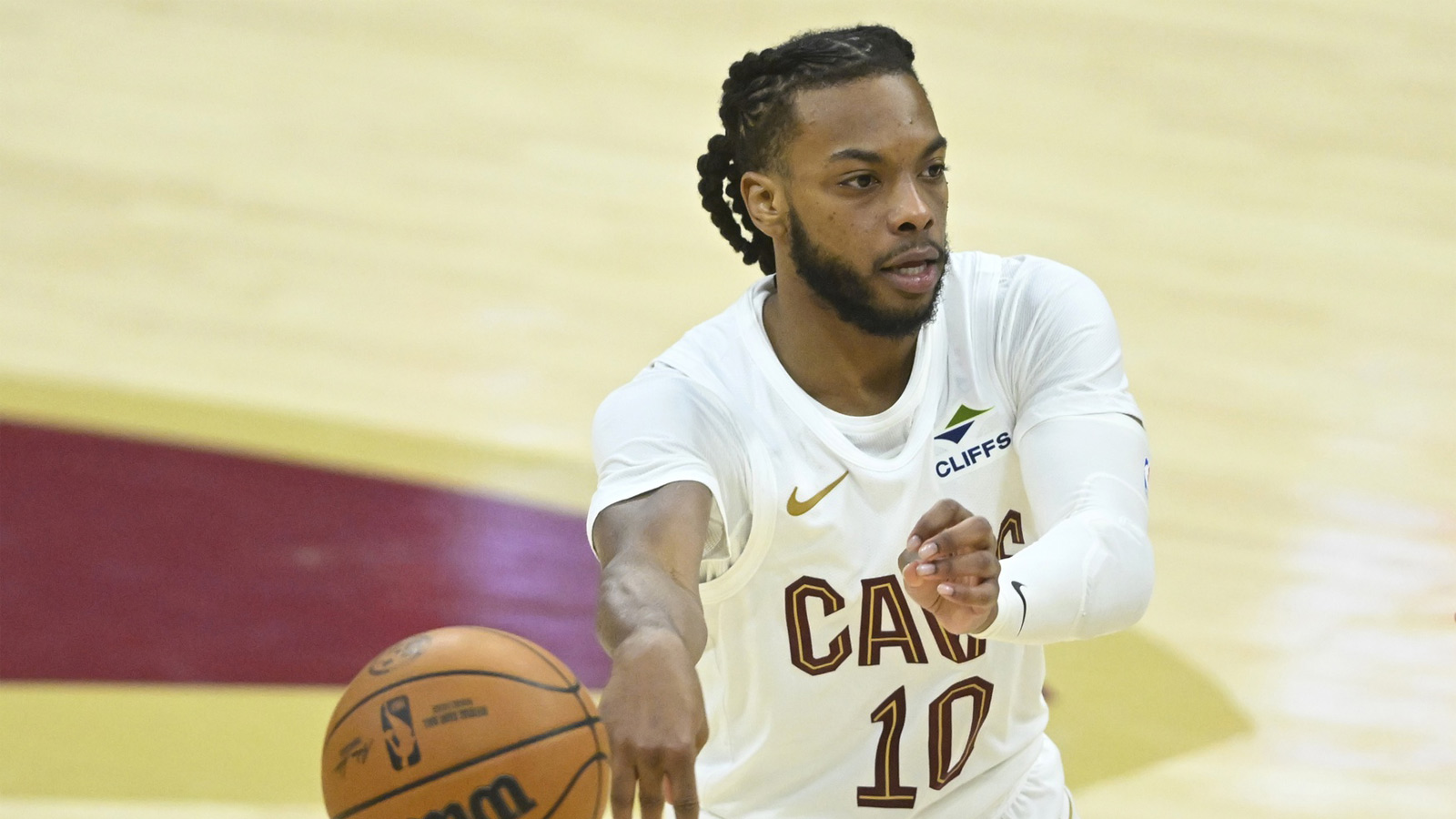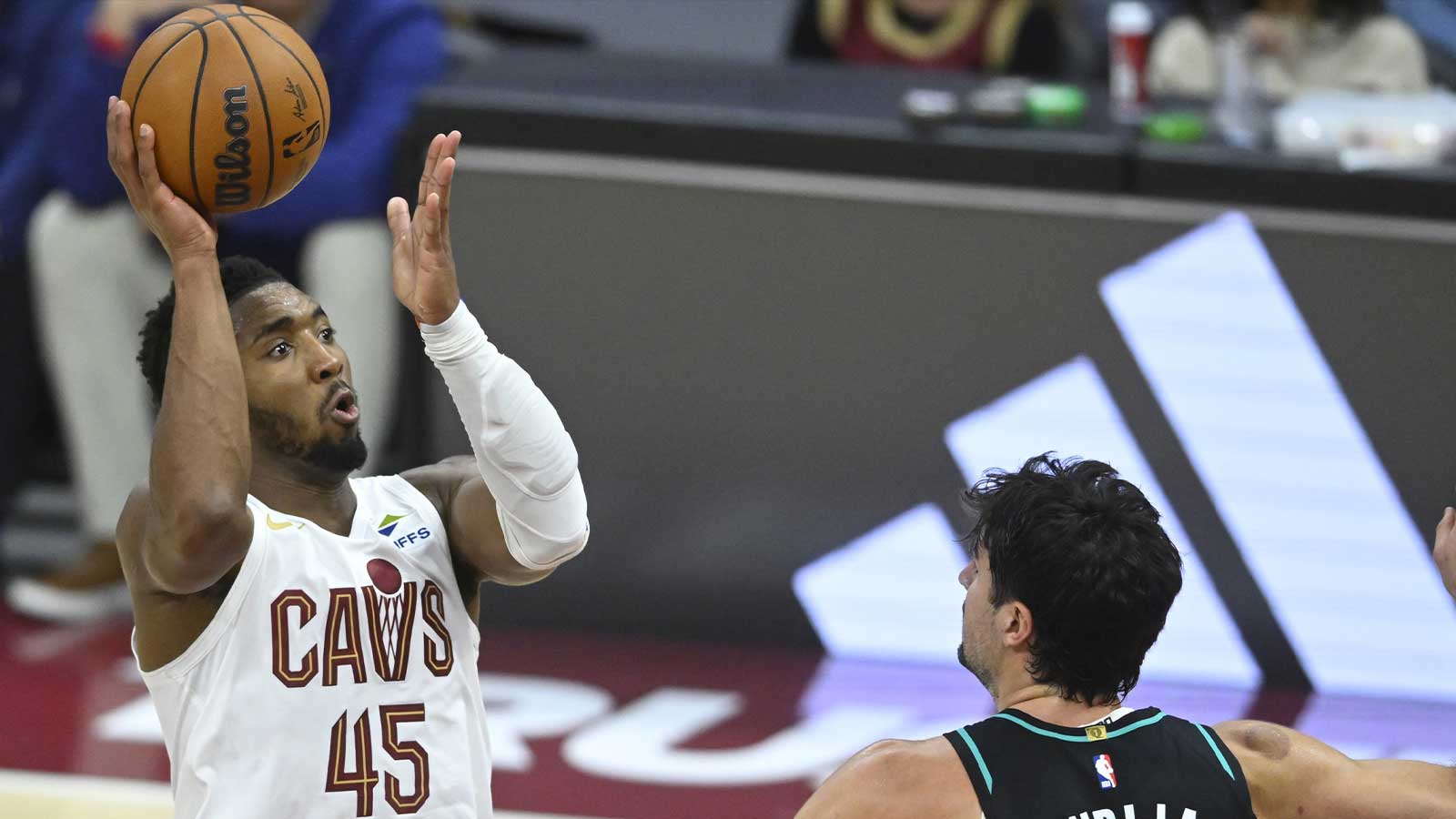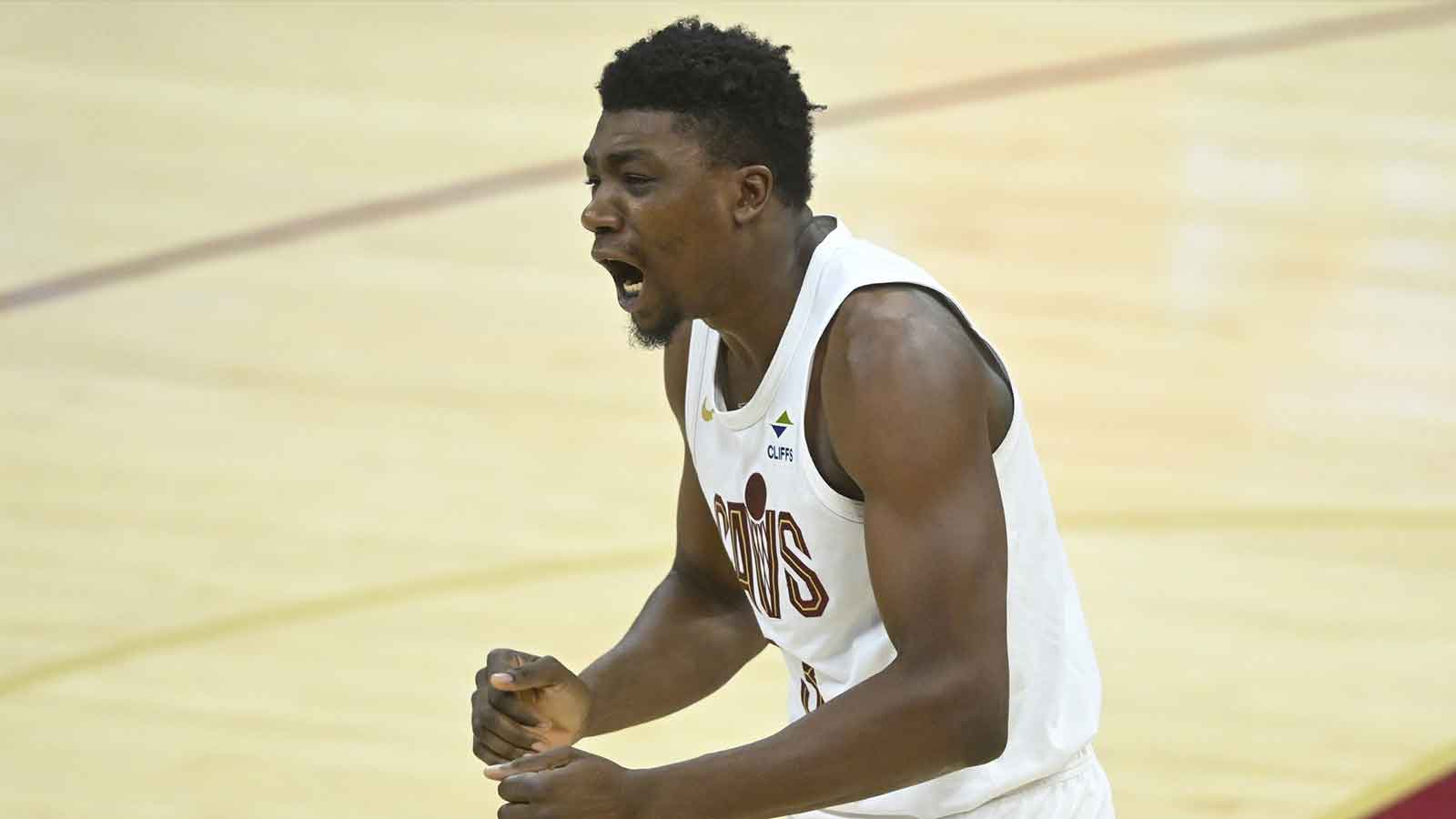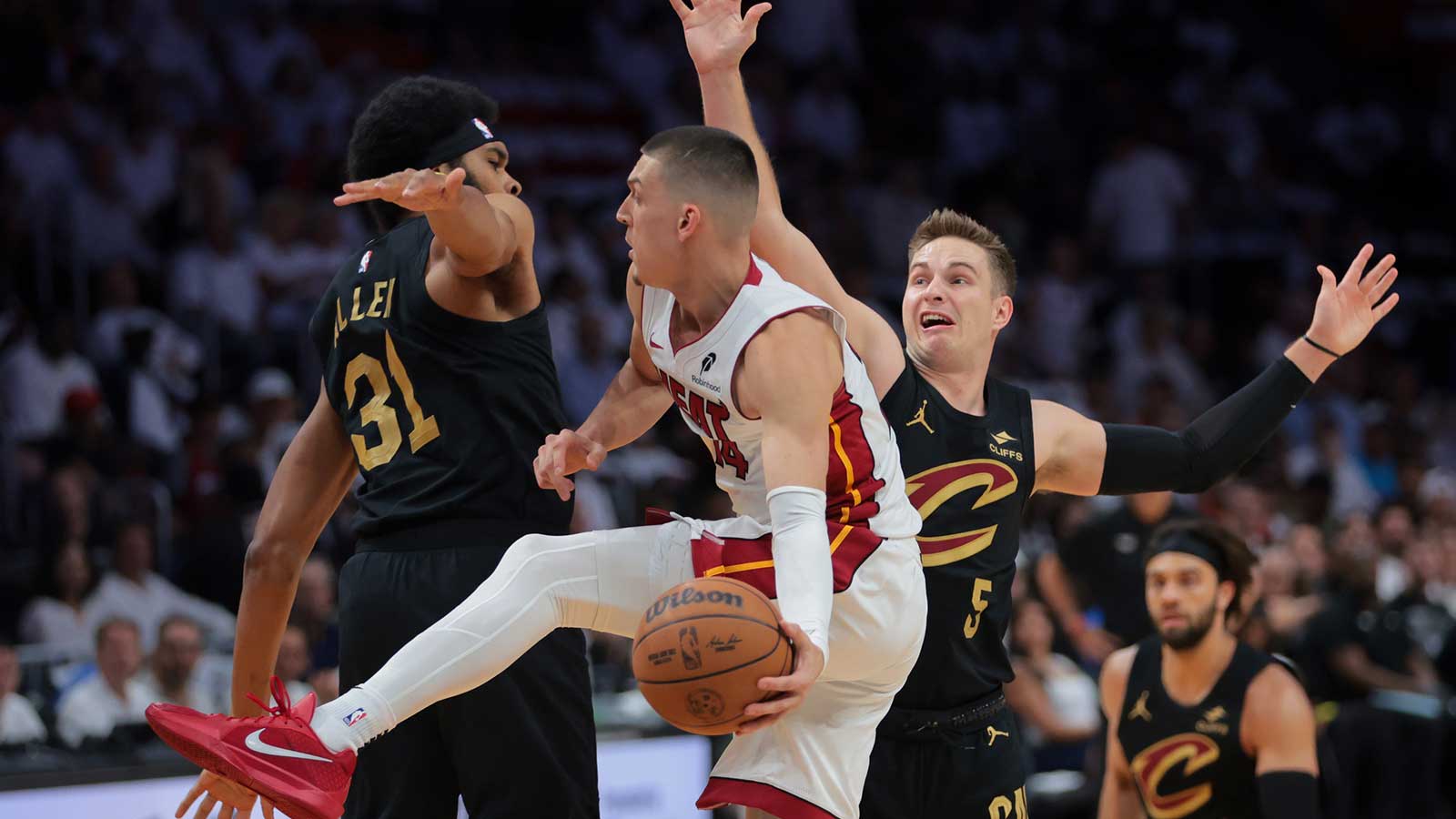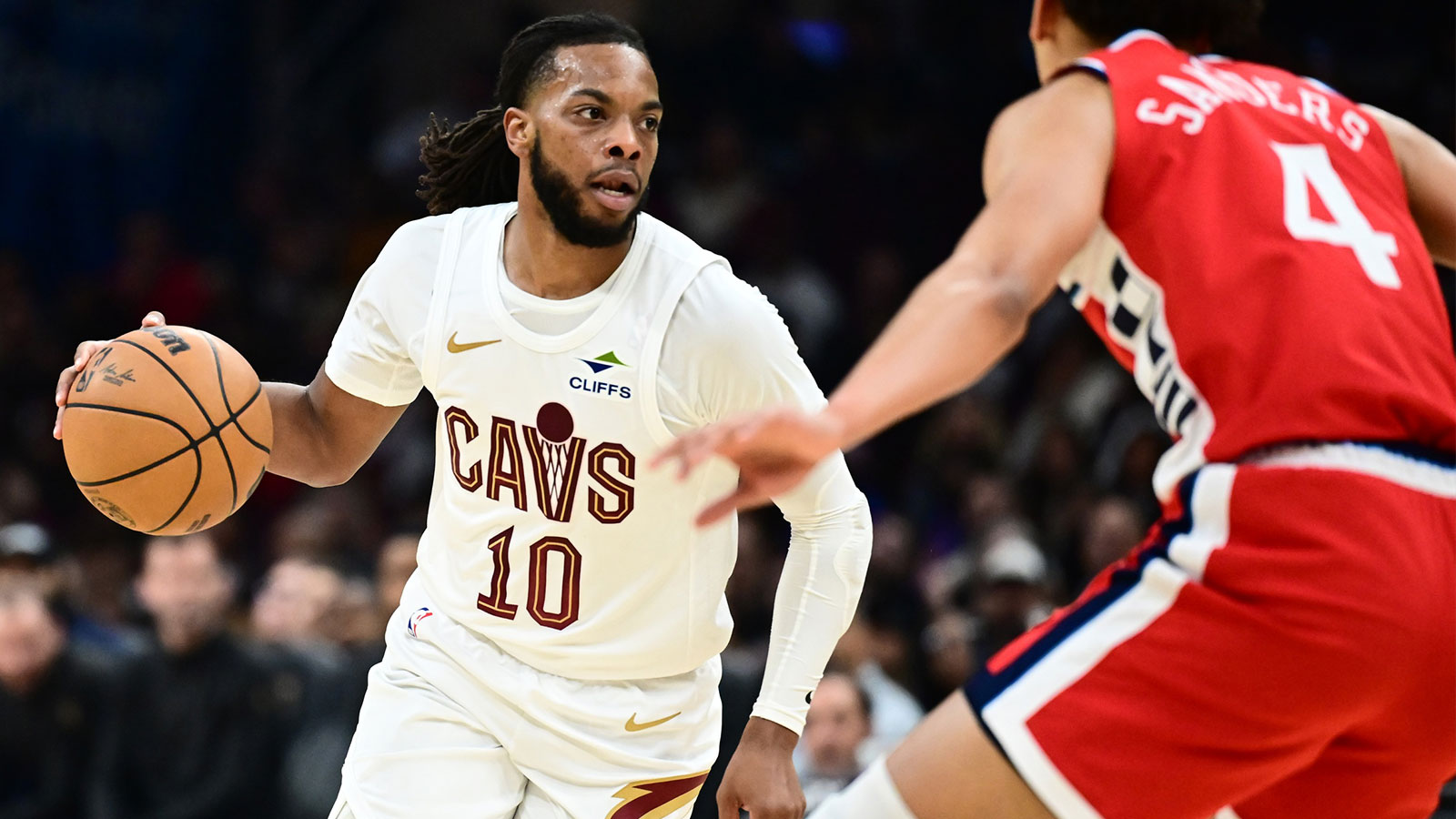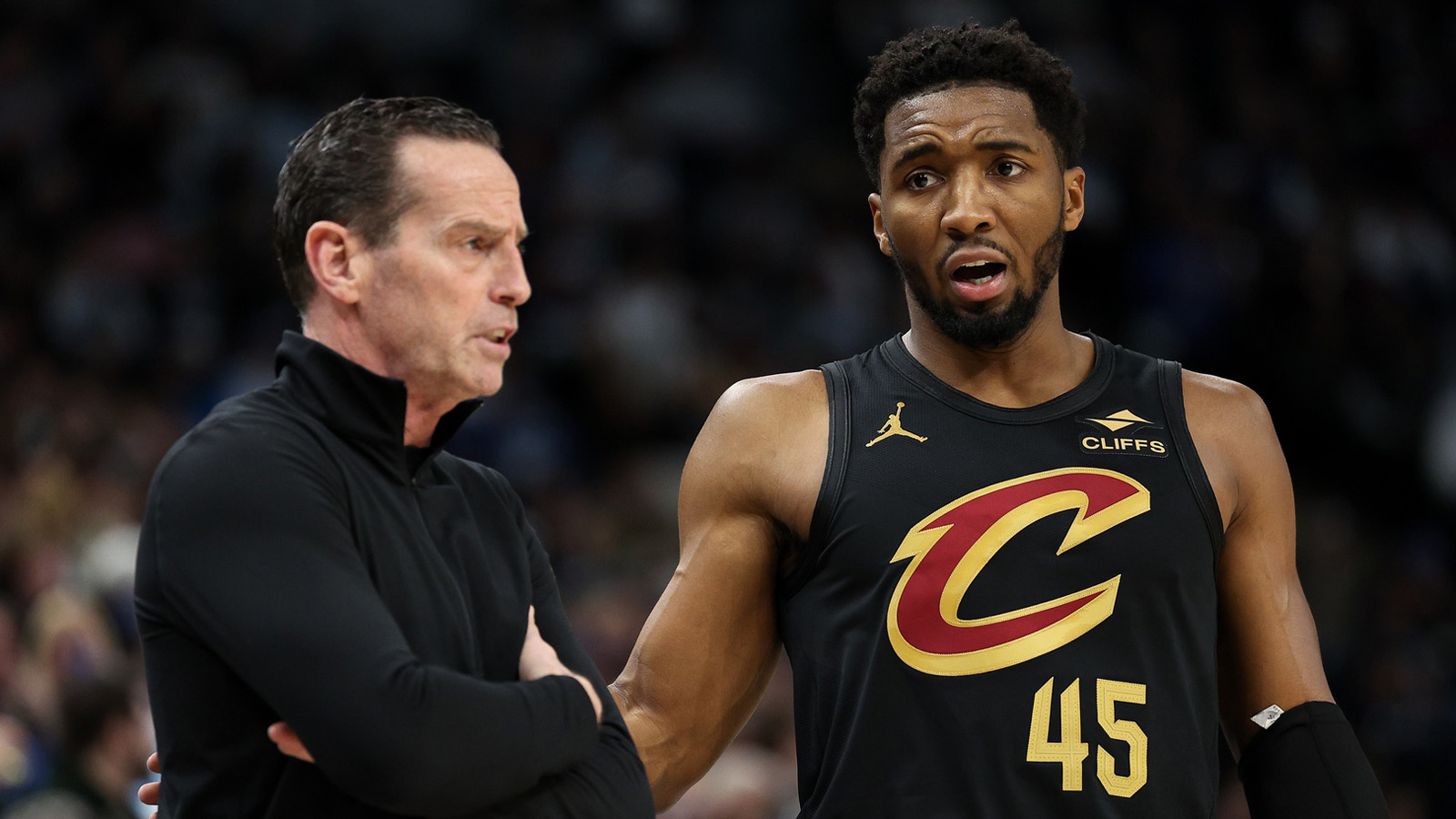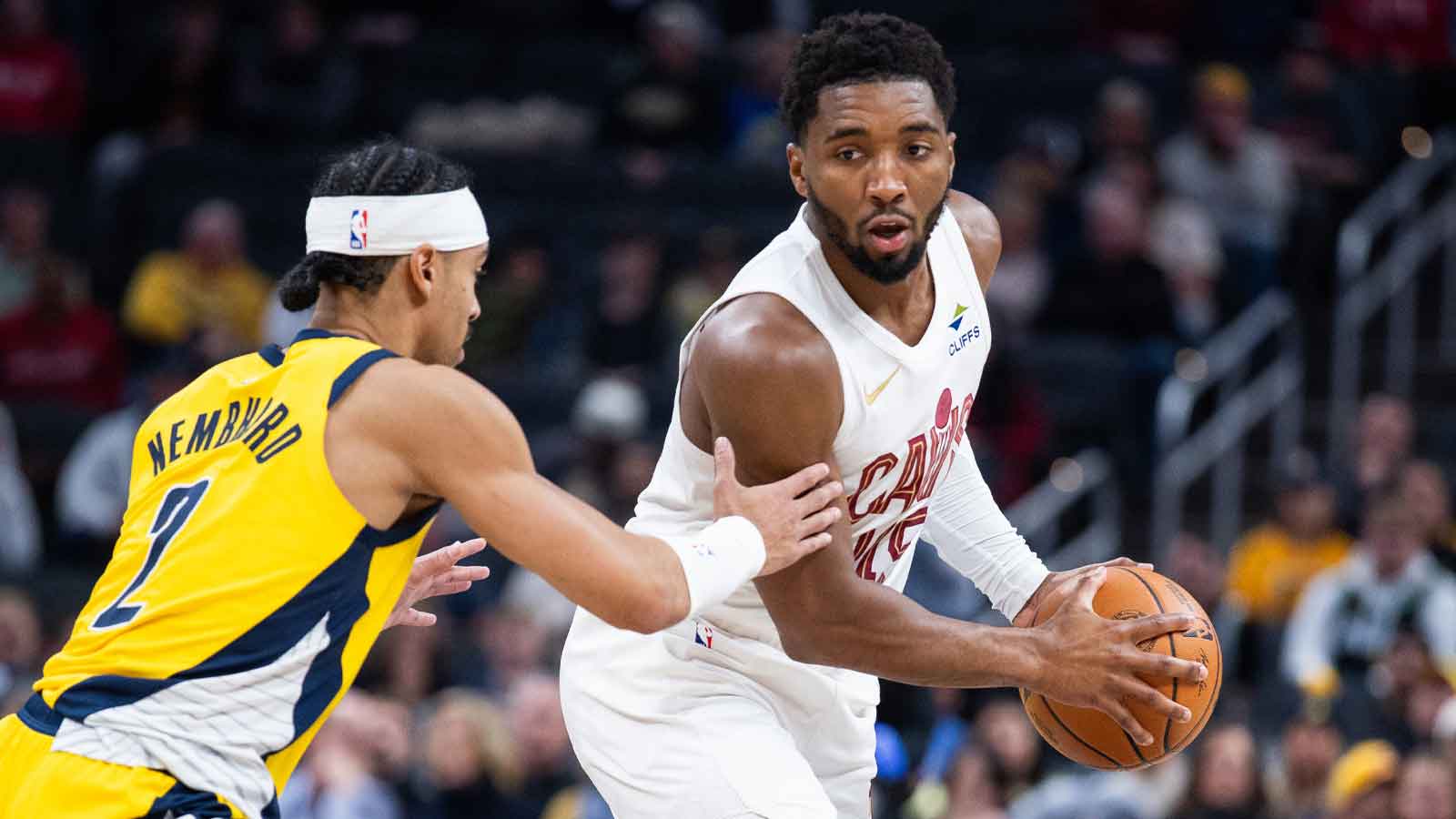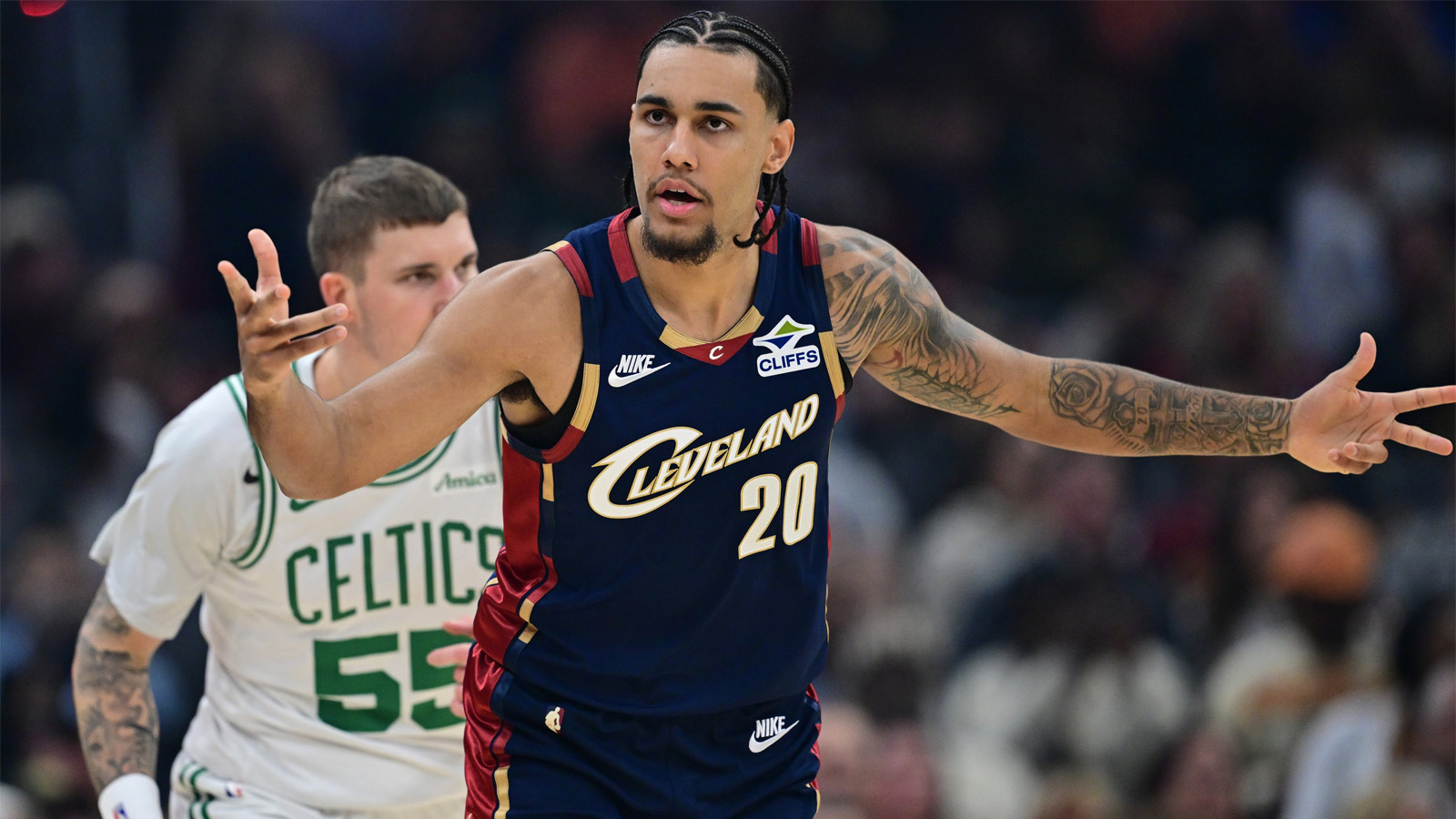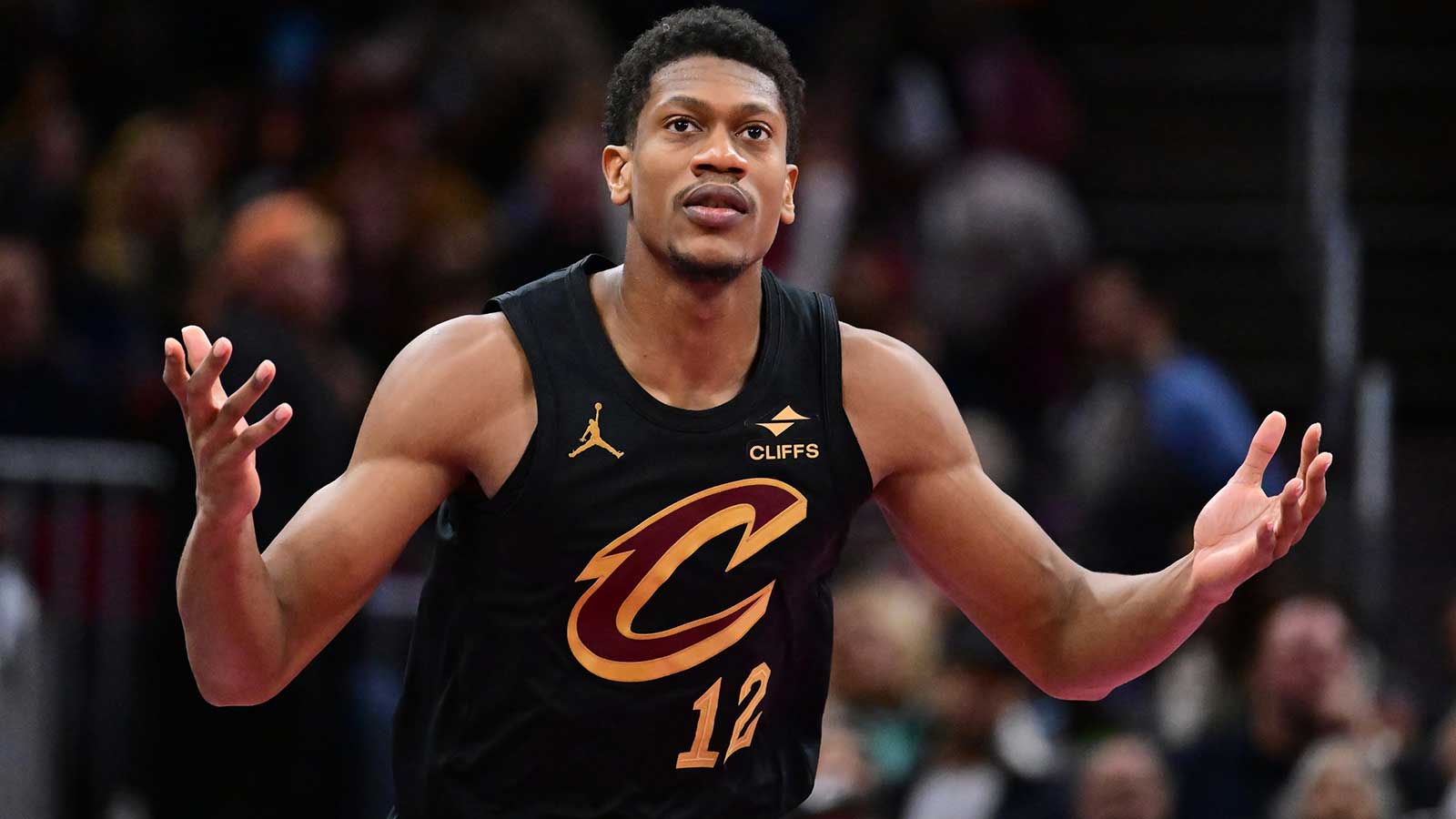A new year means new opportunities for the Cleveland Cavaliers, especially under new head coach Kenny Atkinson. With Atkinson at the helm, the Cavs are expected to be more dynamic on offense. There has been a heavier emphasis on Cleveland taking more three-pointers. Atkinson wants the Cavs to rebound the basketball and get out in transition. Of course, he still wants Cleveland to lean on their top strength: their defense. Ultimately, Atkinson wants the Cavs to have their offensive firepower match their defensive prowess. In Cleveland's 3-0 start to the year, Atkinson's vision is starting to take shape. However, something encouraging has also emerged with the Cavs adapting to Atkinson's style. And it only comes in the second half.
Last season, Cleveland had a recurring issue of coming out flat in the second half. Whether the Cavs had the lead or were trailing, Cleveland frequently found themselves in a hole they dug themselves. This often led to the Cavs leaning more heavily on their stars, expending more energy than necessary to try and win. While it didn't directly cause Cleveland to suffer the injuries they did before last year's postseason run, the Cavs probably felt less fresh than they'd like.
But Cleveland has looked different in the second half of games this season under Atkinson. Instead of coming out slow, the Cavs have been fast, sticking to Atkinson's fundamentals on offense. In their 3-0 start, Cleveland has outscored their opponents 191-166 in the second half. At first glance, that margin might not seem all that impressive. If anything, it indicates that the Cavs took care of business against three lesser foes: the Toronto Raptors, Detroit Pistons, and Washington Wizards. Unfortunately, the numbers alone don't paint the complete picture of how dominant Cleveland has been to open the year.
The Cavs are breaking the mold in the second half
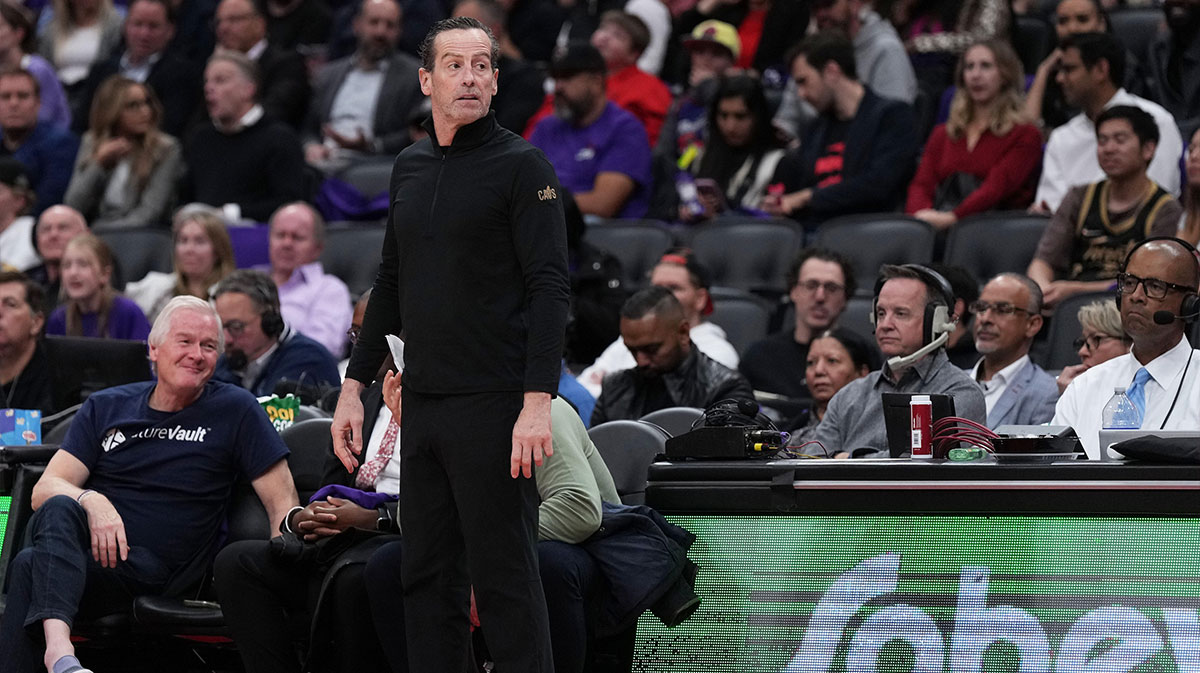
Cleveland's 191 points scored in the second half is the second most in the NBA, just behind the Los Angeles Lakers and Orlando Magic, who have scored 193 points in the second half. The Cavs also own the third-best offensive rating in the second half this season, scoring 126.5 points per 100 possessions. That rating is behind the second-place Magic (133.1) and the first-place Golden State Warriors (141.9). To complement that offense, Cleveland has also been leaning on its defense, allowing 109.2 points per 100 possessions in the second half. While that second-half defensive rating is tied with the Charlotte Hornets for eighth-best in the NBA, it results in a staggering overall second-half net rating for the Cavs.
In the second half alone, Cleveland is beating opponents by 17.3 points per 100 possessions, which is fifth-best in the NBA. While it isn't as strong as the Cavs beating opponents by 23.2 points per 100 possessions in the first half, it helps set the table for a more solid finish. Overall, the Cavs are defeating opponents by 20.3 points per 100 possessions this season, the second-best net rating in the NBA, just behind the Warriors (36.3). Sure, it's a small sample size. However, these numbers crystalize a significant sign of growth for Cleveland under Atkinson.
Last year, the Cavs were the third-worst scoring team in the NBA in the second half. Cleveland was also eleventh in offensive rating but seventh in defensive rating in the second half. Last year's struggles drive home how hard the Cavs had to work to close out games, where they only outscored opponents by 0.6 points per 100 possessions in the final two quarters. That meager margin also tanked Cleveland's winning margin overall, showcasing that this Cavs team is different, even with the same faces from last year.
What do these numbers mean for Cleveland as they advance?
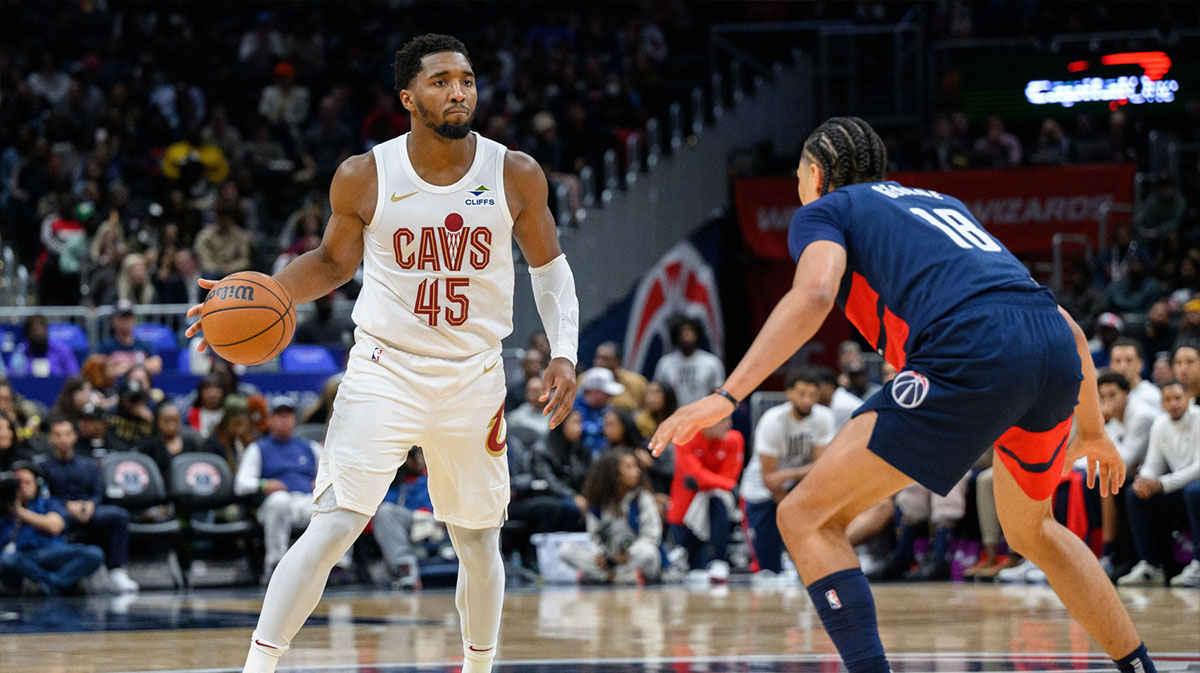
Last season, the Cavs outscored opponents by 2.5 points per 100 possessions. That was only good enough for twelfth in the NBA and showcased an offense carried by a defense. But this season, under Atkinson, the offense is on the same level as the defense. Sure, it's on a minimal three-game sample size. Eventually, Cleveland's robust net rating will become more regular as they play more. So, sadly, the Cavs won't beat every opponent by 20.3 points per 100 possessions every night. However, the fact that the Cavs are coming out so hot is encouraging, especially under a new head coach trying to install a new offensive system.
If anything, it serves as a sign of the things to come for Cleveland. Atkinson entered this situation, not looking to reinvent the wheel. Instead, he wanted the Cavs to embrace their defensive identity while cranking up their offense to match the defense. So far, there have been early returns on this approach from Atkinson. Hopefully, it will be sustained all season long, and Cleveland will finally live up to its potential as the NBA's more balanced team.


